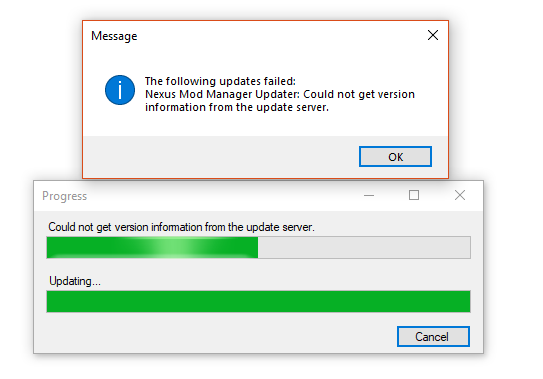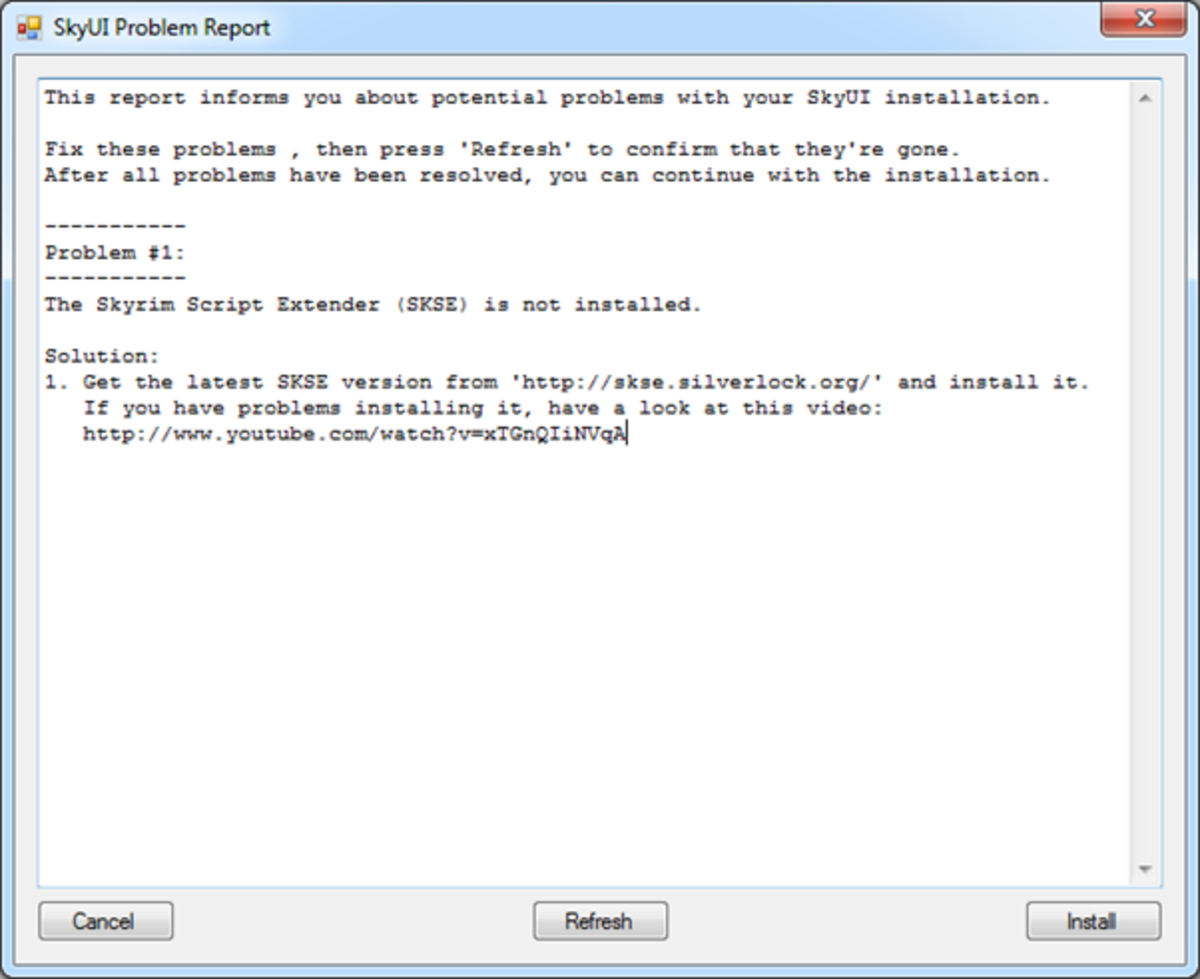
Its authors make its source code available to others who would like to view that code, copy it, learn from it, alter it, or share it. Microsoft Office and Adobe Photoshop are examples of proprietary software. And in order to use proprietary software, computer users must agree (usually by signing a license displayed the first time they run this software) that they will not do anything with the software that the software's authors have not expressly permitted. Only the original authors of proprietary software can legally copy, inspect, and alter that software. People call this kind of software "proprietary" or "closed source" software. Some software has source code that only the person, team, or organization who created it-and maintains exclusive control over it-can modify.

Programmers who have access to a computer program's source code can improve that program by adding features to it or fixing parts that don't always work correctly. "Source code" is the part of software that most computer users don't ever see it's the code computer programmers can manipulate to change how a piece of software-a "program" or "application"-works.

Open source software is software with source code that anyone can inspect, modify, and enhance. Today, however, "open source" designates a broader set of values-what we call " the open source way." Open source projects, products, or initiatives embrace and celebrate principles of open exchange, collaborative participation, rapid prototyping, transparency, meritocracy, and community-oriented development. The term originated in the context of software development to designate a specific approach to creating computer programs. The term open source refers to something people can modify and share because its design is publicly accessible.


 0 kommentar(er)
0 kommentar(er)
